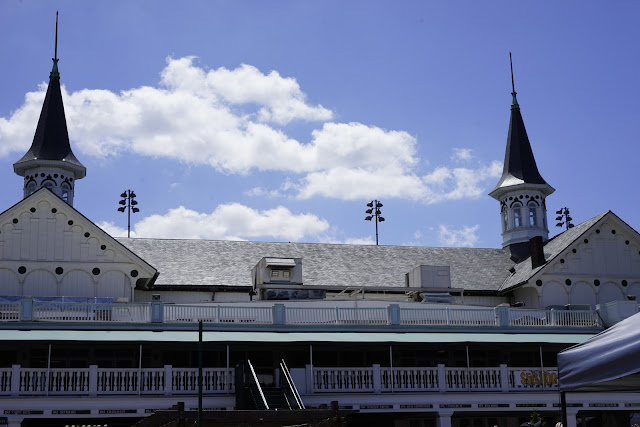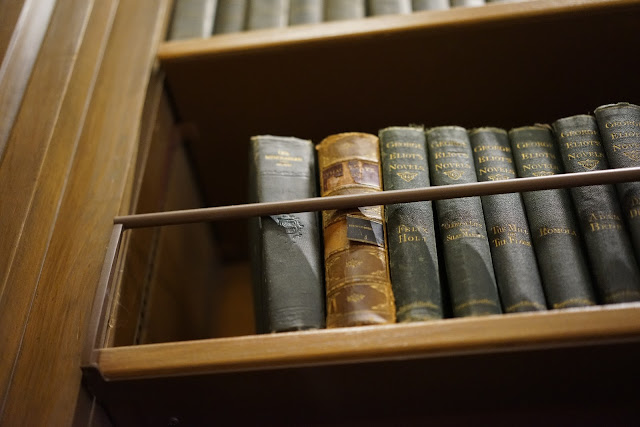Years ago, I used to think people who got to travel for work must have a very glamorous lifestyle. When the alarm went off at 2am Monday morning, I headed to the airport on less than 3 hours sleep in leggings and a sweater and the hope of an empty row to sleep in. This didn't happen on the 3.5 hours to Seattle nor the next 5 hours to Minneapolis, and was followed by a full on half mile sprint between gates to make the connection. Boarding the last flight, exhausted, disheveled and a little sweaty from the luggage bearing jog through the terminal, I determined that nope, travelling for work is definitely not glamorous.
However, were it not for work, I am not sure I would have otherwise ever made my way to Tenessee. I wouldn't have guessed it, but it's one of those places that feels cozy for no particular reason as you are touching down from the night sky into the airport and driving through town. The first order of business was to catch a cab to the hotel, order room service, and go immediately to bed to make up for the 2am start to the day. I stayed at the Loews, Vanderbilt which despite a very 70's hallway carpet had an extremly comfy bed and room to stay in. Yes, the hotel was adjacent to Vanderbilt University, which surprisingly to this Canadian girl, is indeed in Nashville, Tenessee. But wait, weren't the Vanderbilts old New York. Yes indeed, Cornelius Vanderbilt provided the initial $1,00,000 investment in 1873 to build the university, despite having never been to the South.
After a blissful, excessive, and well deserved sleep marathon, I had a partial day to explore before the work training sessions began. This is always the week I go back to Canada to lay flowers and light a candle for my niece, so I was struggling with being somewhere else at this time. When I googled things to do in Nashville on Trip Advisor, I quickly realized their #16 would be my #1. Belle Meade, a site of famed American Thoroughbred bloodlines, the descendants of which include both Secretariat and Seabiscuit...stories of racehorses my niece loved. If I could not be home to honor her memory in the way I normally did, I would have to find a new way. Jaycena, this adventure is for you.
Belle Meade takes it's name from both Old English and Old French. It means beautiful meadow. I was immediately enchanted with this place, which is both beautiful and haunting, as you can easily imagine the 200 years of history as you stand near the lazy creek and watch a warm breeze rustle through the flowers. In fact, you can almost feel the energy of the history in the warm spring air.

Belle Meade was founded in the 1806, on the hill above Richland creek (pictured below). A man named John Hardy purchased the 200 acres of land from a larger landowner, and built a small log cabin for himself and his wife.

John Harding had no formal education. He was raised as a farmer, and earned the money to get his own start from laboring for his father. His role was the overseer of his father's workforce, which in the 1800's in Tennessee, were enslaved persons. And so, the first part of Belle Meade's history is that of a Southern Plantation. Belle Meade housed a blacksmith shop, a sawmill, a grist mill, a dairy, and eventually grew to 3,500 acres and housed 136 enslaved workers. The Plantation existed as such until the end of the Civil War in 1867. The Civil War occurred up to, around, and even onto the doorstep of the main house, as bullet holes still attest today. As difficult as it is to reconcile such a beautiful place with such a history, it is also so important to learn about the past to better understand the present.
Today the original property has been subdivided into some of the highest priced real estate around town (nothing under a million), and the 30 acres around the main house remain open to the public as a museum, oh, and a winery.

But I digress. I came here for the horses. Much to my disappointment, there are no longer horses as Belle Meade (the city apparently passed an ordinance banning hoofed animals at some point). But the history of thoroughbreds at Belle Meade goes back to 1816. John Harding boarded thoroughbreds, purchased, bred, and trained, and was a jockey on his own thoroughbreds throughout his life at Belle Meade. In 1839 his son William Harding inherited the property, and later expanded the breeding operation with his daughter Selene and her husband General William Jackson. William Harding would die in 1886, Selene in 1892, William Jackson in 1903. Belle Meade was left to their son, who died a few months later. His young widow sold off the thoroughbreds, and ended the legacy of Belle Meade racing. Belle Meade owned horses such as Iroquois, Bonnie Scotland, and Enquirer. Almost all American throroughbred champions trace their lineage back to Belle Meade, including Seabiscuit, Secretariat, Man O War.

Tennessee property lines were laid out in hand lain stone walls. These walls were erected more than 200 years ago.
One can easily imagine the footfalls of those who came before walking along these walls. I took a moment to close my eyes and imagine the sound of voices on a summer day.
I imagined what a treat it must have been to wade in the stream in a hot summer day all those ages ago. I smiled at the "Tennessee waterfall" in this little stream.
I was delighted to find trees with purple flowers. Those who have known me for years know there was a tree in Bermuda that only bloomed once per year, in May, with beautiful purple flowers. Standing out in a sea of green, I spotted it the very day I moved to the island from the cab, and spent the next several days trying to find it again. The blue jacaranda. My "Jaycena tree". This turned out not to be a blue jacaranda, but it was close enough to make me smile.
There are also many of these beautiful trees around. I had never seen anything quite like these before. They are called a weeping ruby tree.
This buillding, framed by another beautiful flowering tree, was the dairy. You may be getting the idea by how that Tennessee is very beautiful. From what I can, tell, yes, it's stunning.
And all this beauty sits atop the history of the region. Colonization, slavery, and civil war. The property still has fortifications. The battle of Nashville spilled onto this property.
The Confederate Army occupied the property during the battle of Nashville, their general taking over the home for his headquarters. Belle Meade survived, and stands today much as it did back then, it's white limestone pillars sturdy and steadfast, rocking chairs occupied with people on the porch.
Belle Meade mansion bears the scars of its history though -- these columns show bullet holes from December 15, 1864 when Union Troops and Confederate Troops clashed on the grounds. Selene Harding left the cover of the mansion and famously stood on the open balcony waving a handkerchief to urge on the Confederates despite the gunfire around her.
Today Belle Meade is a much quieter place. The property has earned a period of rest after such a rigorous history. Today, visitors sip award winning wine from the on site winery, or sample the ice cream made on site. I enjoyed mostly sitting and watching the wind gently bend the stand of tulips in the foreground of a child's playhouse that has been standing since 1870.
I also enjoyed standing in a racehorse hall of fame. Where the ancient champions snorted, drummed their hooves, and probably spent an occassional lazy day chewing hay on a warm, sunny Tennessee day.
A marker for one of the famous studs still stands from 1897 -- for Enquirer, a legendary sire.
I had found my horse history, and much more. The end of my Bella Meade tour was also the start of a short love affair with the fascinating, conflicted history and tantalizing beauty of the American South.























































